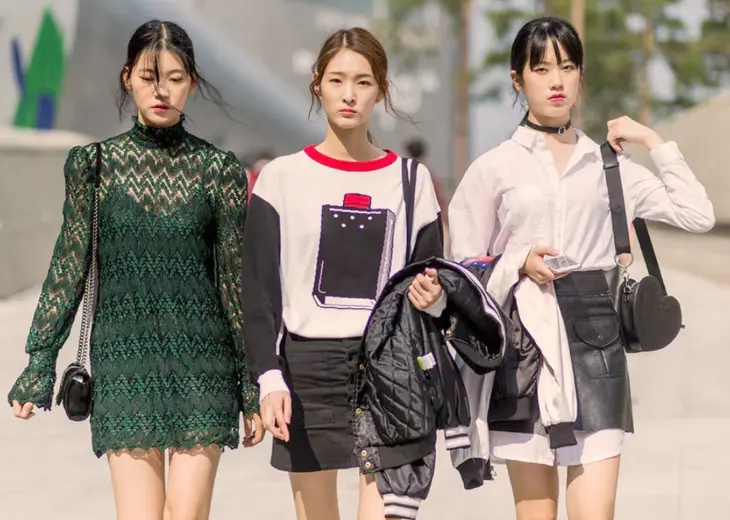
The Evolution of Korean Fashion: A Journey Through Time
- Admin
Korean fashion is a vibrant tapestry woven with threads of history, culture, and innovation. Its journey through time is a testament to the resilience of tradition and the power of creative expression. Let's embark on a fascinating exploration of the evolution of Korean fashion, from its humble beginnings to its current status as a global trendsetter.
1. Traditional Roots: The Legacy of Hanbok
The roots of Korean fashion trace back to the traditional attire known as hanbok. Characterized by its graceful lines, voluminous skirts, and vibrant colors, hanbok has served as a source of inspiration for generations of designers. While modern interpretations may deviate from strict traditional norms, the essence of hanbok continues to permeate Korean fashion, lending it a timeless elegance and cultural resonance.
2. Colonial Influences: Fusion and Adaptation
The early 20th century brought significant changes to Korean fashion with the arrival of Western influences during the colonial period. Traditional garments were adapted to incorporate Western elements, leading to the emergence of new styles and silhouettes. This period of fusion laid the groundwork for the eclectic blend of Eastern and Western aesthetics that defines contemporary Korean fashion.
3. Post-War Revival: The Rise of Ready-to-Wear
Following the Korean War, the fashion industry underwent a period of rapid transformation. The introduction of ready-to-wear clothing and the proliferation of textile factories fueled a newfound accessibility to fashion. This era marked the beginning of Korea's ascent as a manufacturing powerhouse and set the stage for its future prominence in the global fashion landscape.
4. Cultural Renaissance: K-Pop and Hallyu Wave
The turn of the millennium saw the rise of South Korea's cultural exports, particularly in the realms of music, film, and television. The global phenomenon known as the Hallyu Wave brought Korean pop culture to the forefront, catapulting K-pop idols and actors into international stardom. With their distinctive sense of style and charisma, these cultural icons became ambassadors for Korean fashion, sparking a worldwide interest in Korean streetwear and beauty trends.
5. Digital Revolution: The Influence of Social Media
The advent of social media has revolutionized the way we consume and interact with fashion. Korean fashion bloggers, influencers, and online communities have emerged as powerful arbiters of style, shaping trends and amplifying the reach of Korean brands and designers. Platforms like Instagram and TikTok have become virtual runways where fashion enthusiasts showcase their creativity and draw inspiration from the latest looks.
6. Global Recognition: From Seoul Fashion Week to the World Stage
Seoul Fashion Week has evolved into a premier event on the international fashion calendar, attracting designers, buyers, and media from around the globe. With its eclectic mix of established labels and emerging talent, Seoul Fashion Week serves as a showcase for the diversity and dynamism of Korean fashion. Its growing influence underscores Korea's status as a creative hub and a hotbed of sartorial innovation.
In conclusion, the evolution of Korean fashion is a testament to its adaptability, creativity, and enduring relevance. From its traditional roots to its modern-day manifestations, Korean fashion continues to captivate and inspire audiences worldwide. As we look to the future, one thing is certain: the journey of Korean fashion is far from over, and its legacy will continue to shape the landscape of global style for years to come.
